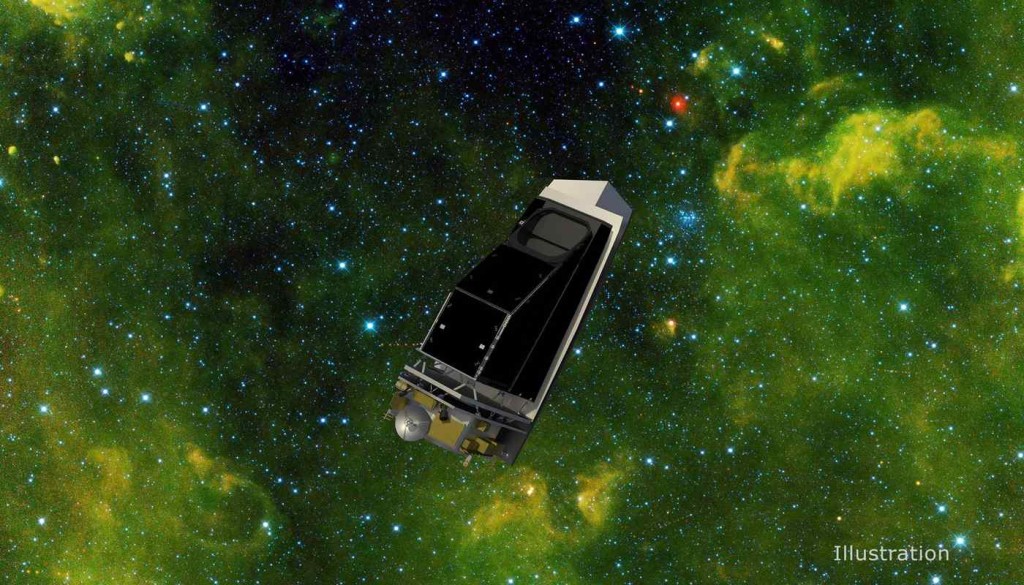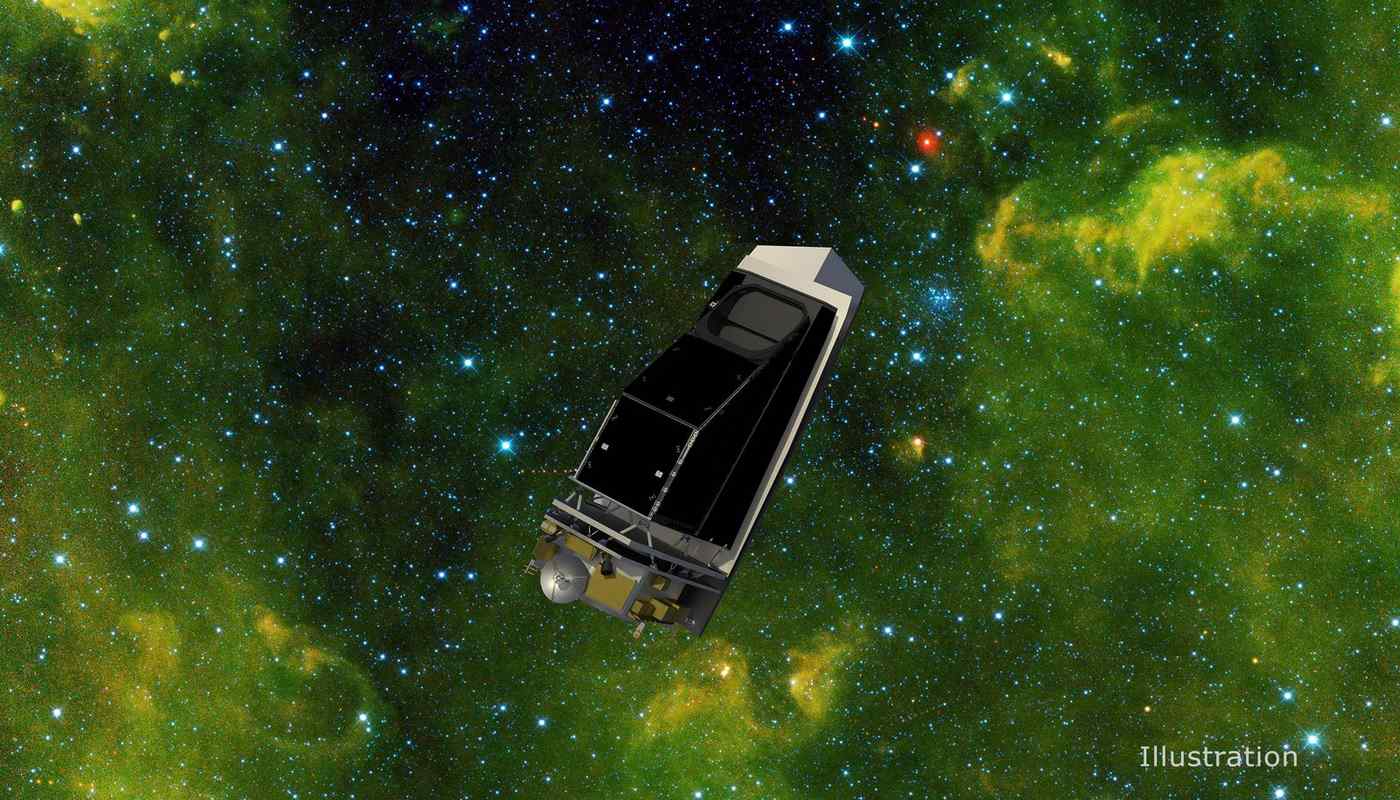
A new space-based surveyor that will help catalog millions of near-Earth objects is now ready for budgeting and building after passing a rigorous technical review.
This year NASA completed its first-ever mission organized entirely for the purpose of planetary defense, when the DART probe slammed into an asteroid to see if it could be redirected away from a potential collision course with Earth.
Now, the NEO Surveyor mission will discover and characterize at least 90% of the near-Earth objects more than 140 meters (460 feet) across that come within 30 million miles of our planet’s orbit.
These objects are capable of causing significant regional harm, while history has shown that larger ones can be catastrophic. Humanity has gotten lucky thus far, but slow-growing wisdom has seen NASA create a Planetary Defense Coordination Office for the purpose of learning how to protect Earth from such events.
You can visualize the scope of the potential danger by looking at the ratio between the number of asteroids and comets in our solar system whose orbits we have mapped and those we haven’t with NASA’s cool Eyes on Asteroids Tool.
“NEO Surveyor represents the next generation for NASA’s ability to quickly detect, track, and characterize potentially hazardous near-Earth objects,” said Lindley Johnson, NASA’s Planetary Defense Officer at PDCO.
SIMILAR: NASA Celebrates World First: Smashing a Spacecraft into an Asteroid to Practice Saving Humanity
“Ground-based telescopes remain essential for us to continually watch the skies, but a space-based infrared observatory is the ultimate high ground that will enable NASA’s planetary defense strategy.”
Sitting around 1 million miles from Earth at the First LaGrange Point, NEO Surveyor will view the solar system in the infrared spectrum of light, lightwaves that are blocked by Earth’s atmosphere and therefore invisible for ground-based telescopes.
MORE ASTRONOMY NEWS: Hubble Is Slowly Falling—and SpaceX Wants to Give It a Boost
With infrared, NEO will be able to see so-called dark asteroids and comets, which don’t reflect light, asteroids that approach Earth from the direction of the Sun, and those that lead and trail our planet’s orbit, where they are typically obscured by the glare of sunlight— objects known as Earth Trojans.
NEO will be designed a little like the James Webb Space Telescope, which also orbits a LaGrange Point and also uses the infrared. As such it will need to be an extremely poor conductor of heat, and have a shield to block light and heat coming from the sun and other bodies.
The launch date is currently proposed for June 2028.
SHARE This Cool New NASA Mission With Your Friends…




















